Interactive Storytelling for Video Games: A Player-Centered Approach to Creating Memorable Characters and Stories
£40.90
What really makes a video game story interactive?
What’s the best way to create an interactive story?
How much control should players be given?
Do they really want that control in the first place?
Do they even know what they want-or are their stated desires at odds with the unconscious preferences?
All of these questions and more are examined in this definitive book on interactive storytelling for video games. You’ll get detailed descriptions of all major types of interactive stories, case studies of popular games (including Bioshock, Fallout 3, Final Fantasy XIII, Heavy Rain, and Metal Gear Solid), and how players interact with them, and an in-depth analysis of the results of a national survey on player storytelling preferences in games. You’ll get the expert advice you need to generate compelling and original game concepts and narratives.With Interactive Storytelling for Video Games, you’ll:
Read more
Additional information
| Publisher | Routledge, 1st edition (1 Mar. 2011) |
|---|---|
| Language | English |
| Paperback | 332 pages |
| ISBN-10 | 0240817176 |
| ISBN-13 | 978-0240817170 |
| Dimensions | 19.05 x 1.91 x 23.5 cm |

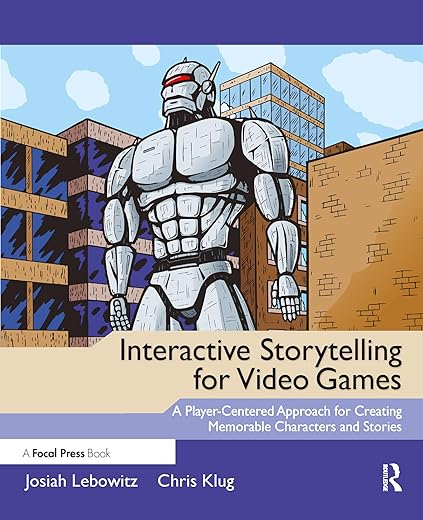
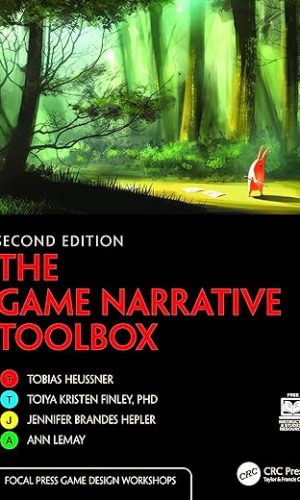

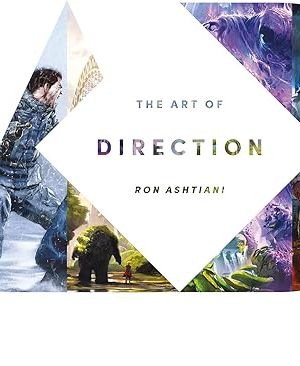


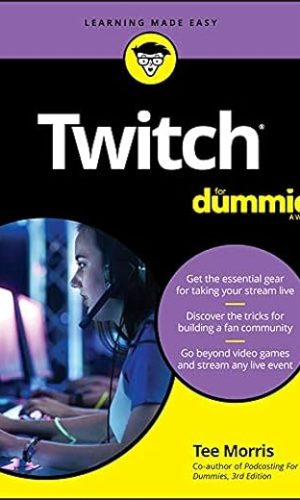

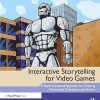
by BlueTriumph
Great read
by Martin Jackson
I bought this book to give me ideas on ways of developing my interactive stories and out of the whole book, there was one good idea, to draw flowcharts for the branches from decision points, to help plan the interactive side of the story. I found the book useful.
I also was fascinated on how other people write interactive stories, so the book was informative. I haven’t read it all, from cover to cover, but I will.
by Jon Davies
I can’t stand this book. It’s a glossy contradiction. While it covers a broad range of topics, from authored to emergent storytelling, it lacks tangible insight. It contains dozens of case studies but wastes its time on description rather than analysis. In short, it’s full of words but devoid of content. I went in excited, and came out angry and bereft. If I was writing this book, I’d stop there with my criticism and move swiftly on to another topic. But I’m not this book, so let’s examine these complaints in detail.
The overall structure is fine. It begins with discussion of writer-driven (‘fully traditional’) stories and progresses through to ‘fully player-driven stories,’ which seems logical and comprehensive on the surface, before you realize the pros and cons for the different approaches constantly boil down to the same basic fact: the former is more structured because the author has greater control. This same point is repeated and reformed in every chapter. Branches create content. Content needs to be written. But branches create choice. Players love choice. On and on, covering only the highest level points, without any mention of how drama or character development – the fundamentals of narrative – fits into this equation. One particularly egregious section is titled, ‘Making the player cry,’ which presents a bizarre assertion (“If you ask people why game stories aren’t as good as those in books or film, you’ll probably hear the response, ‘Because they don’t make you cry.’ But is this really a valid criticism?”) followed by the complaint that this fictitious strawman needs to “play more games.” Even the case studies shy away from the nuts and bolts of the craft, opting to avoid ‘spoilers’ than actually discuss why a specific gaming moments are so effective: “It all leads up to a brilliant final level that really can’t be done justice buy a few lines of text and must be experienced first-hand.” Thanks, but I’ve played Braid, and I came here expecting some kind of intelligent insight, not a coquettish recommendation.
The book also contains an alarmingly rudimentary understanding of story structure itself, no more evident than in its treatment of Vogler’s The Writer’s Journey. Josiah’s interpretation wilfully omits an entire stage (the Resurrection), removing the defining moment of character development, and resulting in a protracted two-act structure that contradicts the intent of its own source material. Josiah simply doesn’t understand this stuff (specifically ‘the return’ aspect of the ‘voyage and return’) and by creating his own “breakdown of the stages” has created the blueprint of every half-baked, under-developed video game story going – specifically one that confuses the Act 2 turning point for the story’s climax.
And all this is to say nothing of the actual writing style, which is meandering and wordy.
Above all, it smacks of an author that has spent a long time examining and studying games, but very little time actually developing them. His enthusiasm for the topic is undeniable, but his grasp of the practicalities of writing for the medium is lacking. On the plus side, it’s co-authored by Chris Klug who drops in every other page with some genuinely insightful critique. If the entire book was comprised of only these sections, I’d probably be more charitable. As it is, don’t waste your time and money. If you want to learn how to write effective narrative, first read Story by Robert McKee, then check Slay the Dragon by Bryant for video games specifically.
If you know literally nothing about the difference between an authored and a player-driven story – and have the time and money to burn – then bolt on another two stars and fill your boots. Otherwise avoid.
by Amazon Customer
Good book